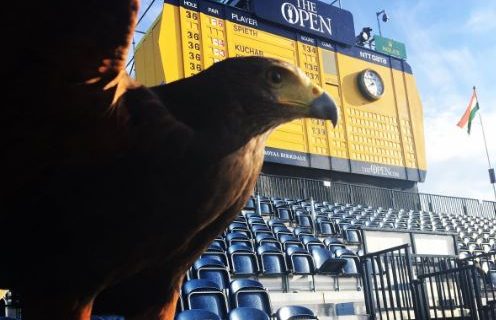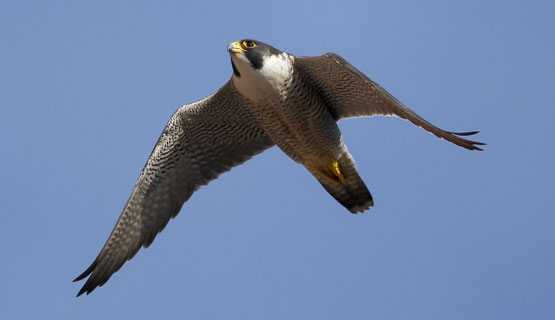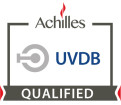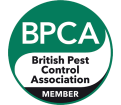
Call 0333 567 2020 for advice and quotes or contact us online
How Does Falconry Work?
Falconry works by introducing a predator (falcon/hawk) into a controlled environment, like a waste management site, by creating a deterrent factor. The falcon occupies the area the pest species is located, and the pest no longer wants to nest or live nearby the falcon. The pest deems it a natural risk to its survival or its young’s survival, therefore, it becomes an instant unavailable environment to live in and feed in.
How long does falconry take?
It depends on the draw of the site. Whether it is a nest site, feeding site, or if it is just a roosting site. We usually start with a 10 day intensive programmes with small properties. However, on larger sites or nesting sites, we have to do 7 days a week every hour in daylight hour. We also combine falconry with other non-lethal deterrents, such as laser bird deterrent systems. We recommend using falconry during the day to stop pest birds coming into the site, and at night we would use lasers.
On a feeding site where food is available to the pest birds, we would restrict the access of food, but that is not always possible, so by flying the falcon or hawk around the area, you are constantly keeping them off from feeding. A prime example is a landfill site or food production sites, and the hawk doesn’t want to eat the food, so it just leaves it alone.
Main advantages of falconry
People can work around the falcon/hawk because it is not in their eye line, or around the area that they are working. It's safe and by having a falcon up there constantly, the birds don’t come in to feed so you’re re-educating them and changing their behaviour. If pest birds are fed in that site then they’ll keep coming back. If you stop birds feeding then eventually, they are going to have to find another food source. So, by changing that behaviour then they go somewhere else to get here their food. When that happens, we can conduct site management visits at 1-3 times a week, to remind the pest birds, such as seagulls, that this is an unsafe area to be in. Management visits also stop a flock of migrating birds or adolescent birds. By doing management visits you can assess the situation every time you go. The number of visits can go up or down.

Success Story
On the site at Tesco, in Northern Ireland, during the 1st year, they had predicted growth of colony gulls of 25%, due to sexually mature adolescents returning. By doing a 7 day falconry programme during daylight hours, we reduced the gull population of 1,200 by 25%. A 50% improvement of what they would have had without falconry. See all of our bird or prey case studies.

Conclusion
Falconry is an effective method of re-educating and deterring pest bird species that can be conducted on working sites. We offer a 5 year programme to manage the site and remove all pest birds. The more intensive the falconry the better the results.
NBC offer expert bird control services, if you have a pest bird problem then find out how NBC can help you with our Bird of Prey Pest Control Service.
Author: NBC Environment/Orkin






















